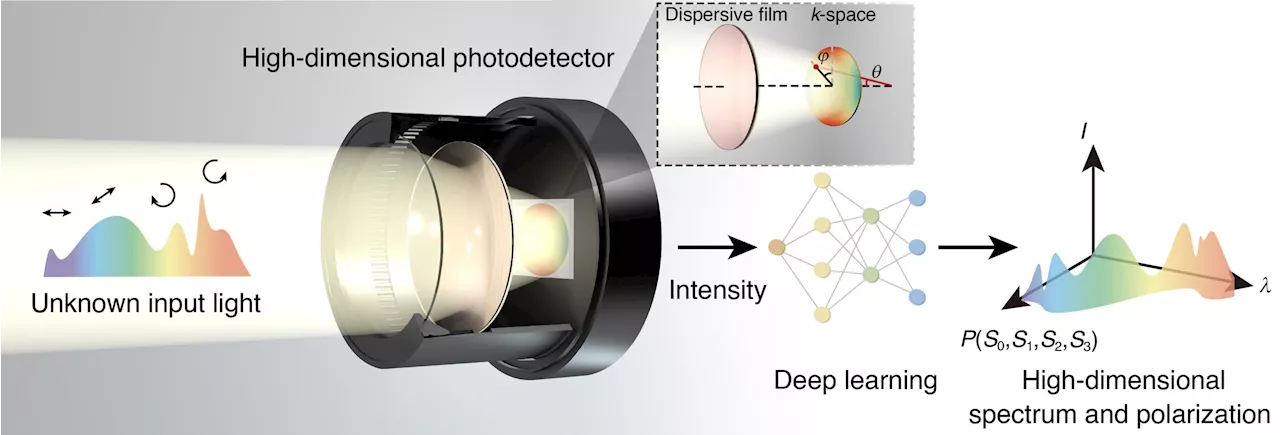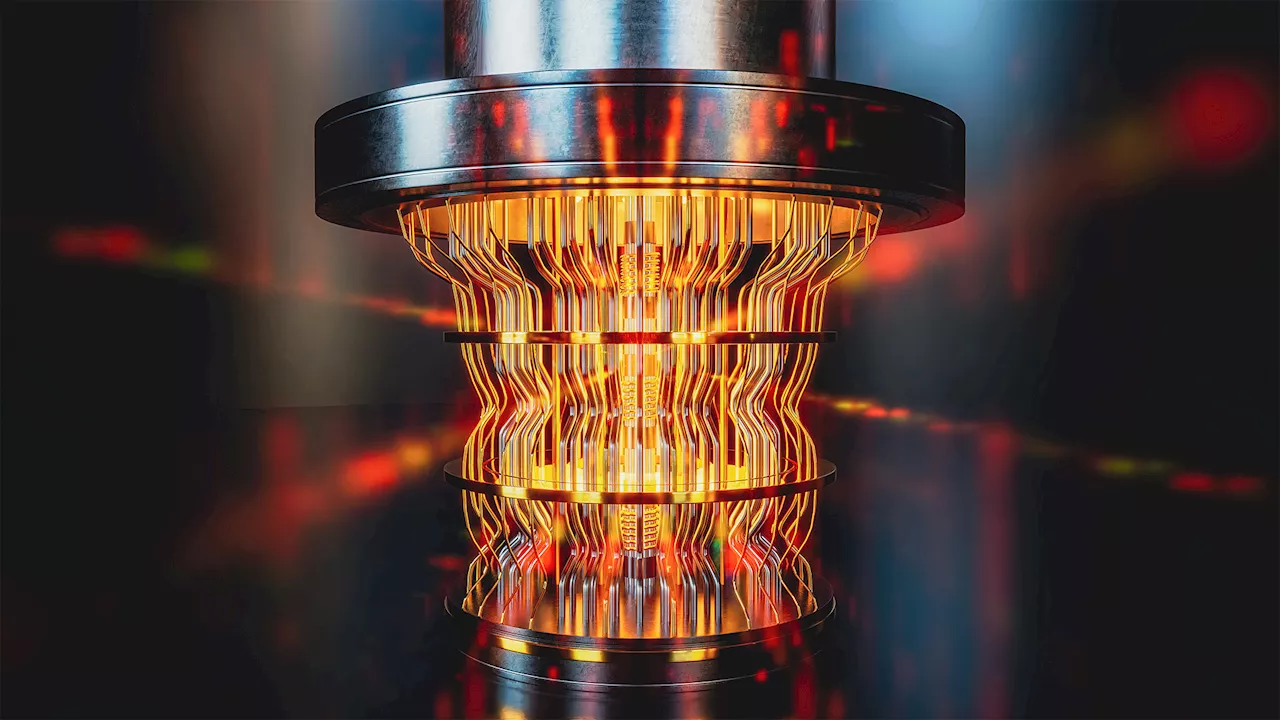A new study unveils innovative ion trap design, harnessing static electric and magnetic fields to scale up qubit count in quantum computers.
A team led by scientists from ETH Zurich has proposed a new ion trap that promises to enable scalability far beyond current capabilities.The rise of quantum computing over the past two decades is undeniable, exemplified by IBM’s recent development of a 1,000-qubit quantum computer. However, a persistent challenge has been the stability of qubits, or quantum bits, which can store more information than classical bits.
Secondly, qubits can be entangled. Entanglement enables two or more qubits to become correlated, meaning changes to one qubit affect the others regardless of physical distance. This allows for parallel computing, exploring many possibilities at once.excel in long-distance quantum communication due to their minimal interaction with matter, making them resistant to environmental interference.
Since ions are charged, they interact with electrical fields, which confine them to a particular region of space. Similarly, radiofrequency uses an oscillating electric field to confine the ions in a circular motion.can be generated by a statically charged comb, like when you rub it on your hair. The generated field remains constant in strength and direction unless you move the comb. Therefore, these fields restrict or hold ions in a small region of space.
In the QCCD architecture, ions are trapped in an array of interconnected sites, and they can be shuttled or commuted between different trapping sites to perform quantum operations. The goal is to scale up quantum computing systems by efficiently managing and manipulating qubits using this controlled ion movement.
After these operations, ions can be moved to other locations for further processing. Moving the ions enables the implementation of complexThe researchers used Beryllium ions for their setup.
Physics Quantum Quantum Computing
United Kingdom Latest News, United Kingdom Headlines
Similar News:You can also read news stories similar to this one that we have collected from other news sources.
 Researchers create dispersion-assisted photodetector to decipher high-dimensional lightA new study published in Nature, conducted by an international collaboration team led by Prof.
Researchers create dispersion-assisted photodetector to decipher high-dimensional lightA new study published in Nature, conducted by an international collaboration team led by Prof.
Read more »
 New breed of killer hornet spreading in the US as researchers rush to protect honeybee coloniesThe outbreak of an invasive hornet in North America has farmers and beekeepers scrambling to combat this fast-growing threat.
New breed of killer hornet spreading in the US as researchers rush to protect honeybee coloniesThe outbreak of an invasive hornet in North America has farmers and beekeepers scrambling to combat this fast-growing threat.
Read more »
 Researchers want Hollywood to properly showcase climate crisisA vast majority of Hollywood films fail the 'climate reality check,' a new study reveals, demanding producers, studios, screenwriters and directors do better.
Researchers want Hollywood to properly showcase climate crisisA vast majority of Hollywood films fail the 'climate reality check,' a new study reveals, demanding producers, studios, screenwriters and directors do better.
Read more »
 How Researchers Cracked an 11-Year-Old Password to a $3 Million Crypto WalletThanks to a flaw in a decade-old version of the RoboForm password manager and a bit of luck, researchers were able to unearth the password to a crypto wallet containing a fortune.
How Researchers Cracked an 11-Year-Old Password to a $3 Million Crypto WalletThanks to a flaw in a decade-old version of the RoboForm password manager and a bit of luck, researchers were able to unearth the password to a crypto wallet containing a fortune.
Read more »
 Researchers point powerful ultrasound technology at the next frontier — addictionThe use of the high-frequency sound waves also is being adapted to treat Alzheimer’s disease, tumors and psychiatric disorders
Researchers point powerful ultrasound technology at the next frontier — addictionThe use of the high-frequency sound waves also is being adapted to treat Alzheimer’s disease, tumors and psychiatric disorders
Read more »
 Researchers develop high-performance blue organic LEDs based on thermally activated delayed fluorescence materialOrganic light-emitting diodes (OLEDs) have become a leading display technology. The luminescent material is a core component of OLEDs. Thermally activated delayed fluorescence (TADF) materials have emerged as promising emitters for achieving high-efficiency OLEDs.
Researchers develop high-performance blue organic LEDs based on thermally activated delayed fluorescence materialOrganic light-emitting diodes (OLEDs) have become a leading display technology. The luminescent material is a core component of OLEDs. Thermally activated delayed fluorescence (TADF) materials have emerged as promising emitters for achieving high-efficiency OLEDs.
Read more »
